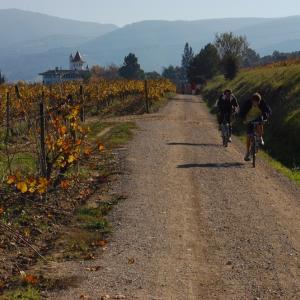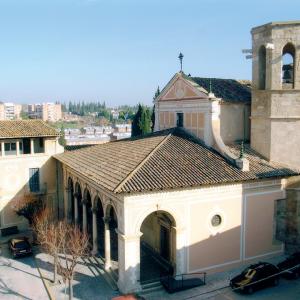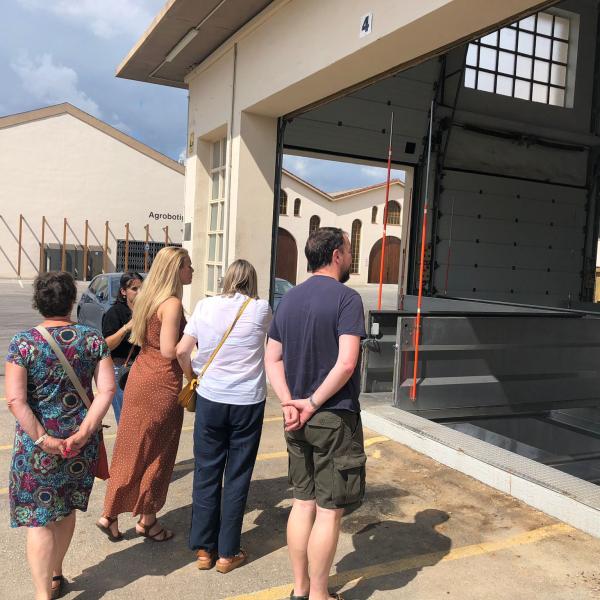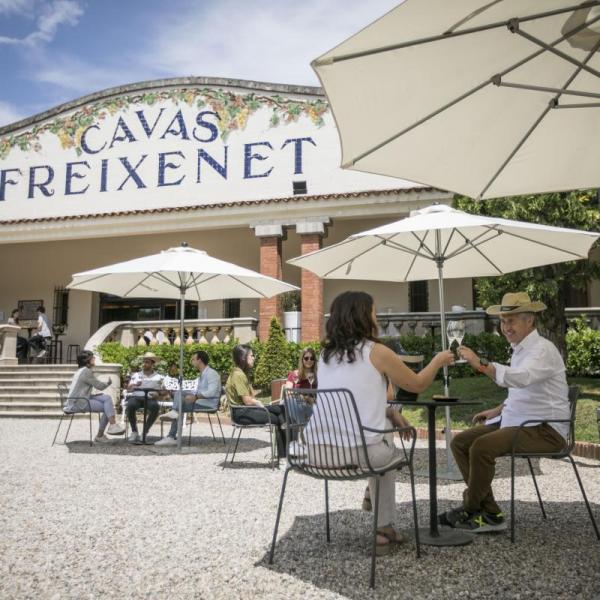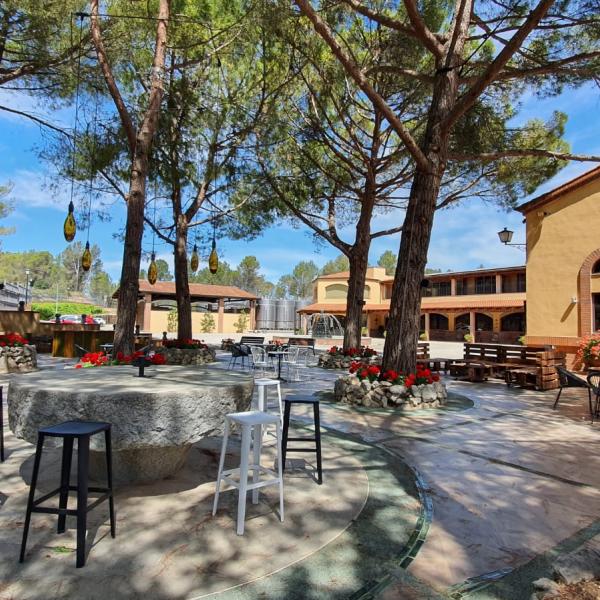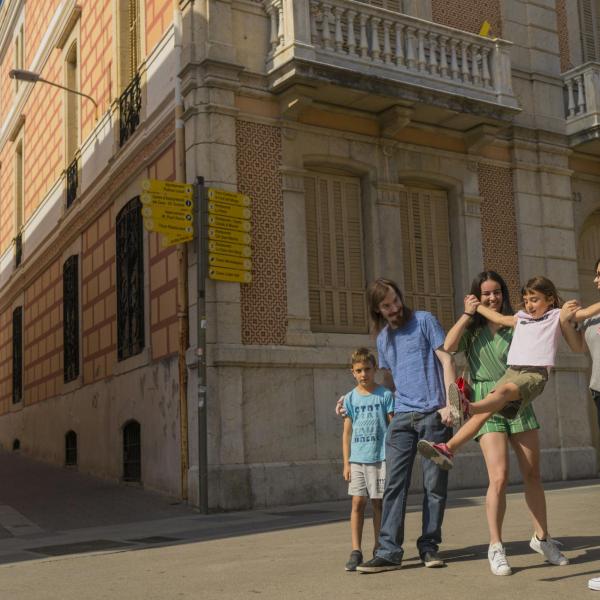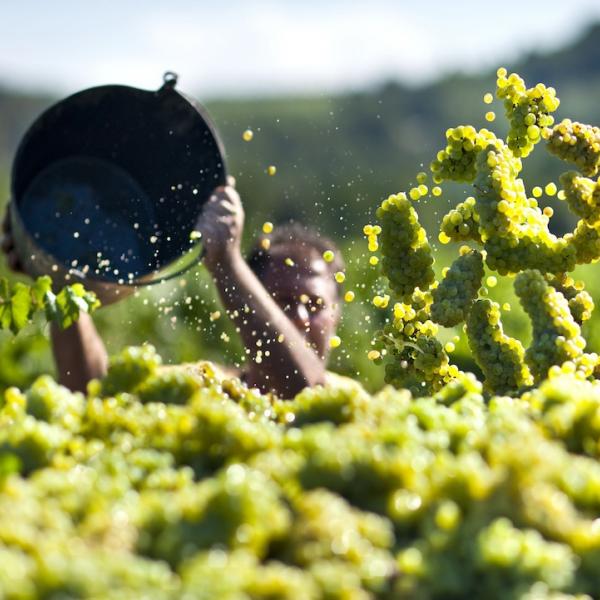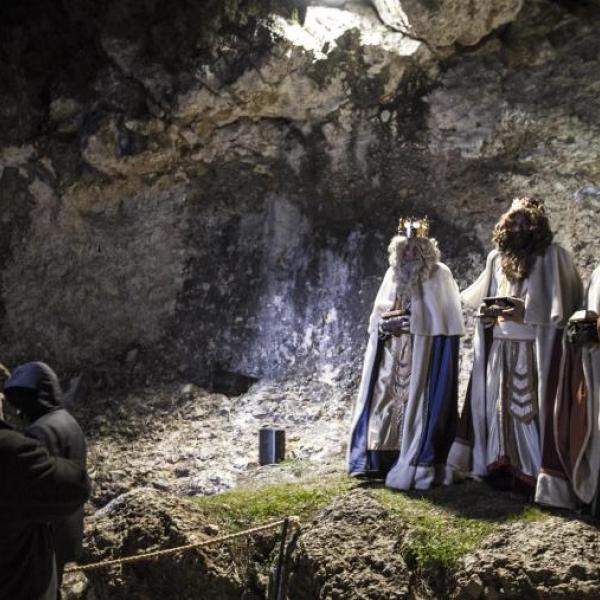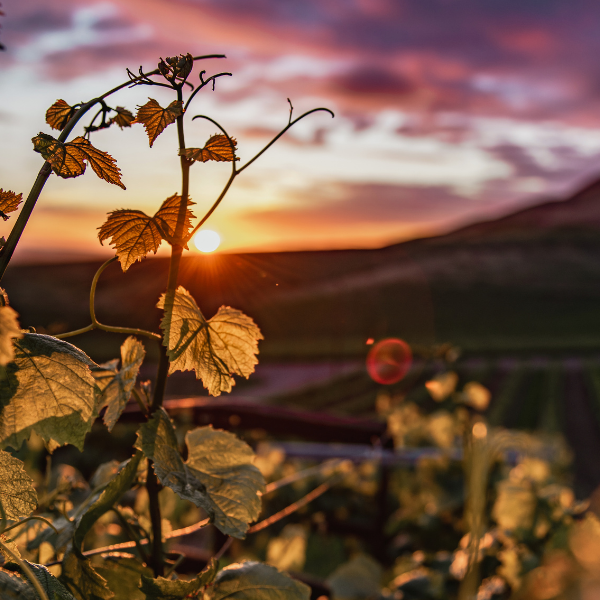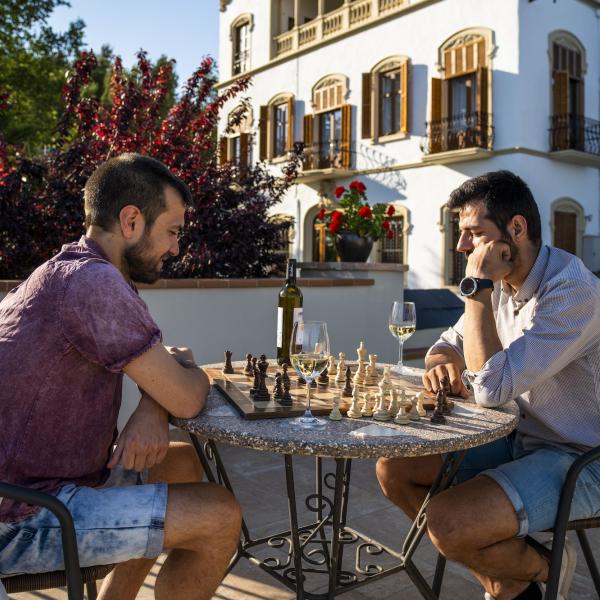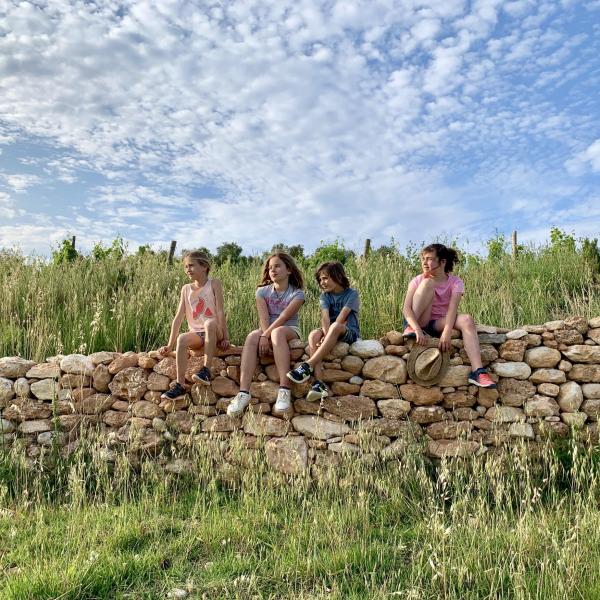Sant Sadurní d'Anoia

Sant Sadurní d’Anoia is indisputably the Capital of Cava, with over eighty local Cava wineries making this product. Since the late 18th century, vine-growing and winemaking have been the town's main occupation. From the start of the production of sparkling wine in the Penedès, Sant Sadurní was a prime model of its exploitation and refinement, setting down the roots of a tradition that reaches us today witho ver a hundred and fifty municipalities making up the Cava Region, which is the delimited production area for the Cava Designation of Origin (DO).
Lose yourself one fine day in Sant Sadurní and its surroundings and contemplate the vineyards, the people busy, the tractors full of grapes during the harvest. Find out the secret of a centenary tradition: local cava elaborators open the door of their cellars to guide you through an illuminated and silent route in the shade.
The city's areas of interest start at Raval street, with its old defence tower (1873) at one end, and the Church square, with its gothic steeple, at the other. The gothic bell tower of the church was renovated between 1924 and 1926, and so was the chapel of the Old Hospital, both stand out in the historical area as architectural pieces of art.
Noted examples of Catalan Art Noveau style are the Codorníu Cellars (1906), classified as the National Historic and Artistic Monument, and the Freixenet Cellars (1927), which attract attention for the colourful glazed ceramics found in the wave shaped cornice. In the town centre, examples of Art Noveau often include a mixture of other styles and resemble what is known as Eclecticism.
This architectural mixture can be seen in the former homes of Lluís Mestres (1909), Cal Rigol (1903), Cal Calixtus (1885), the Agricultural Athenaeum (1908-1909), the Town Hall (1896-1900) and the Santacana Roig Storehouse (1905). All of these buildings shape the historical city centre that has been recently remodelled into a pedestrian precinct and commercial area in order to preserve the town's heritage.
Outskirts of town, the romanic church of Sant Benet d'Espiells, dating from the 10th-11th century, is also a good example of the architectural richness of Sant Sadurní.



